Continents are the large landmasses on Earth, delimitated by convention rather than geographical properties. From a natural, geological perspective, the "tallest peak on every continent" is a pretty silly classification. But from a human standpoint, it makes total sense -- so let's do it.
Before we dive in, a quick note. Here we will refer to elevation as the height above sea level. However, if you take the distance from the center of the earth, it's not the same thing. That's why Himalaya isn't, in one sense, the tallest mountain on Earth -- because our planet is an oblate spheroid, meaning that points at the Equator are farther out from the center than points at the poles.
The Seven Summits of the Seven Continents
The highest peaks on every continent are sometimes called the "Seven Summits" -- one for every continent.
| Name | Continent | Altitude (Meters / Feet) | Something you didn't know about it |
|---|---|---|---|
| Mount Everest | Asia | 8,848 m / 29,031 ft | Its height is increasing approximately 0.16 in (4mm) a year due to tectonic forces. |
| Mount Aconcagua | South America | 6,962 m / 22,841 ft | It has twin summits: the snowy north one and the typically bare south summit. |
| Mount Denali | North America | 6,190 m / 20,310 ft | Its vertical rise is the greatest of any mountain on Earth, due to the Earth's equatorial bulge. |
| Mount Kilimanjaro | Africa | 5,895 m / 19,341 ft | It has three volcanic cones, and one, Kibo, could still erupt. |
| Mount Elbrus | Europe | 5,642 m / 18,510 ft | It's a dormant volcano with a notably large number of glaciers. |
| Mount Vinson | Antarctica | 4,892 m / 16,050 ft | It's one of the most challenging summits due to its remoteness and harsh climate. |
| Mount Kosciuszko | Australia | 2,228 m / 7,310 ft | Despite its modest height, it's a hotspot for rare alpine and subalpine flora and fauna. |
Tallest point in Australia
Elevation: 2,228 metres (7,310 ft)
Mount Kosciuszko
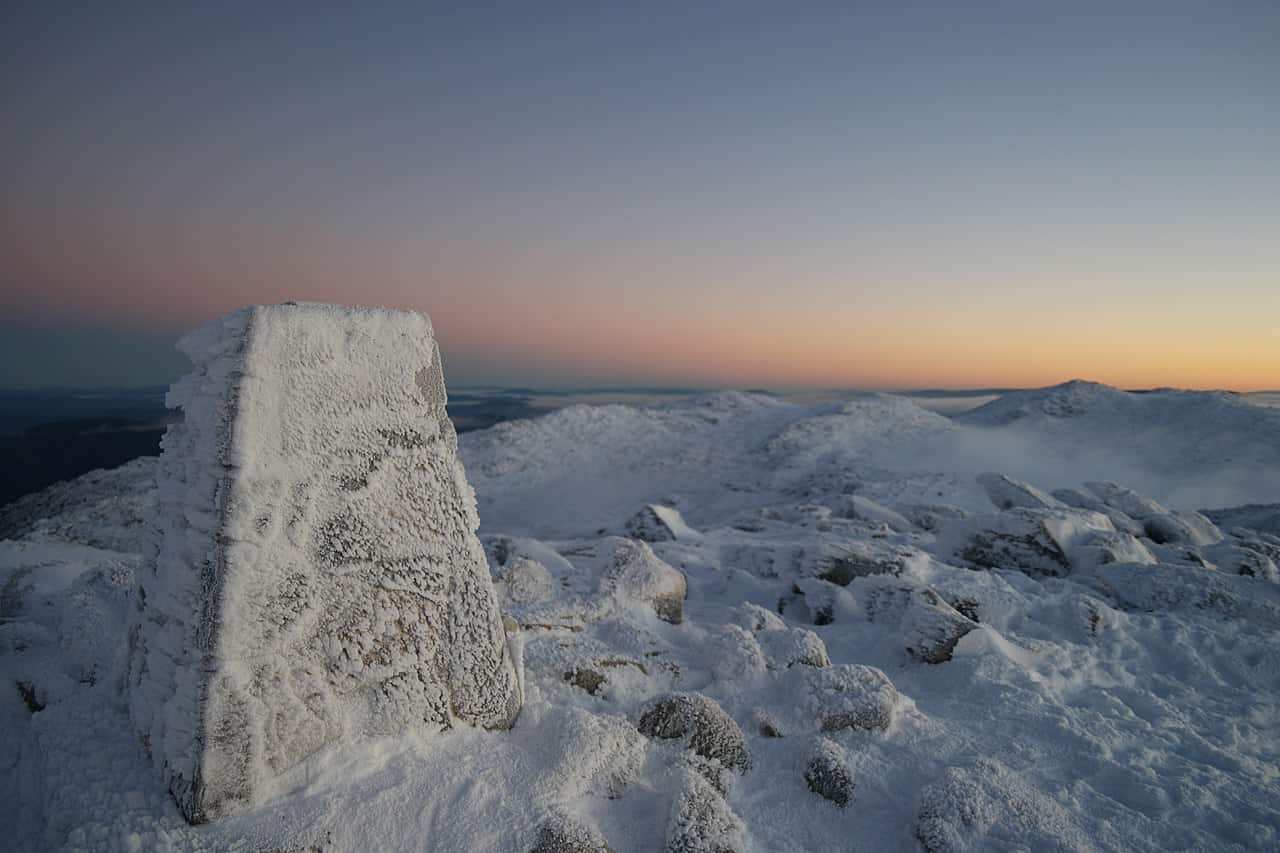
With just over 2,000 meters, Mount Kosciuszko is not impressive by most standards. It's not very difficult to reach the top, and it's hard to consider it a deadly mountain. People actually climbed it (or most of it) using motorized vehicles, but that's forbidden now, due to environmental concerns.
Still, Mount Kosciuszko is impressive in its own way. This peak is part of the Great Dividing Range, a cordillera system in eastern Australia formed over millions of years due to plate tectonics, volcanic activity, and erosion. The range is riddled with thousands of peaks. Its modest height doesn't undermine its importance as it hosts rare alpine and subalpine flora and fauna, making it a biological hotspot.
Bonus time!
Tallest point in Oceania (let's take it this way)
Elevation: 4,884 meters (16,024 ft)
Carstensz Pyramid, New Guinea

Because continents are human conventions, they're sometimes defined differently. There's a debate on how to define Australia and Oceania. If you want the highest peak in Oceania, you'd have to go to the island of New Guinea, Puncak Jaya, or Carstensz Pyramid, as it is also called, has an elevation of 4,884 m (16,024 ft), making it the highest mountain peak of an island on Earth. Meanwhile, on the Oceanic island of Tuvalu, the highest point stands at a mere 5 meters!
Tallest point in Antarctica
Elevation: 4,892 meters (16,050 ft).
Vinson Massif
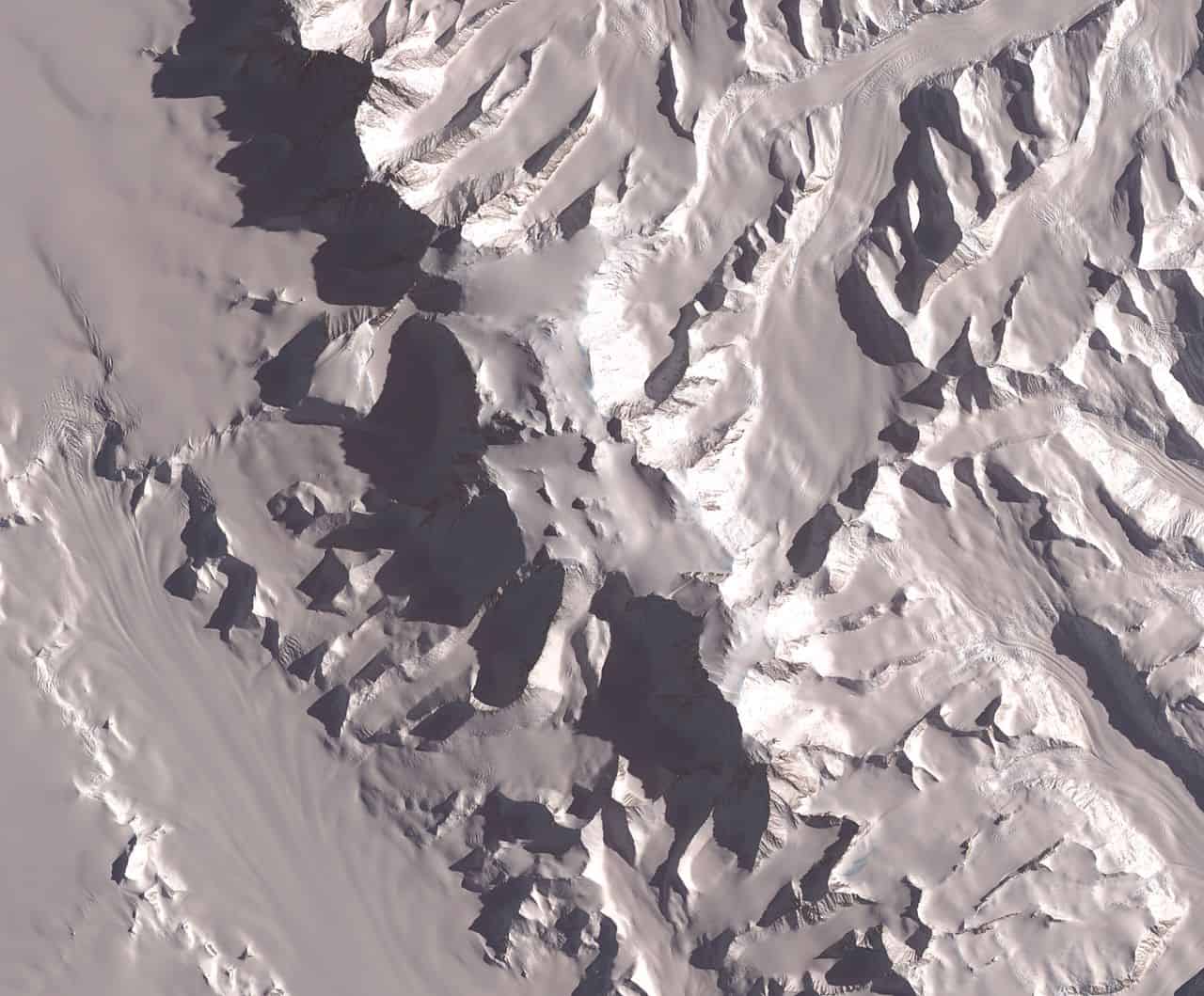
Because it's so remote and inaccessible, Vinson Massif in Antarctica proved harder to climb than Everest. Everest's first known summiting occurred in 1953. Vinson Massif, located just 1,200 km from the South Pole, was first climbed only in 1966 by a group of climbers from the USA.
Vinson broke off from the supercontinent Gondwana hundreds of millions of years ago. As you might expect, the mountain is perpetually covered in snow and ice. It also contains fossils from up to 500 million years ago (and maybe even more). Its remoteness and harsh climate make it one of the most challenging summits for mountaineers.
Tallest point in Europe
Elevation: 5,642 meters 18,510 feet
Mount Elbrus
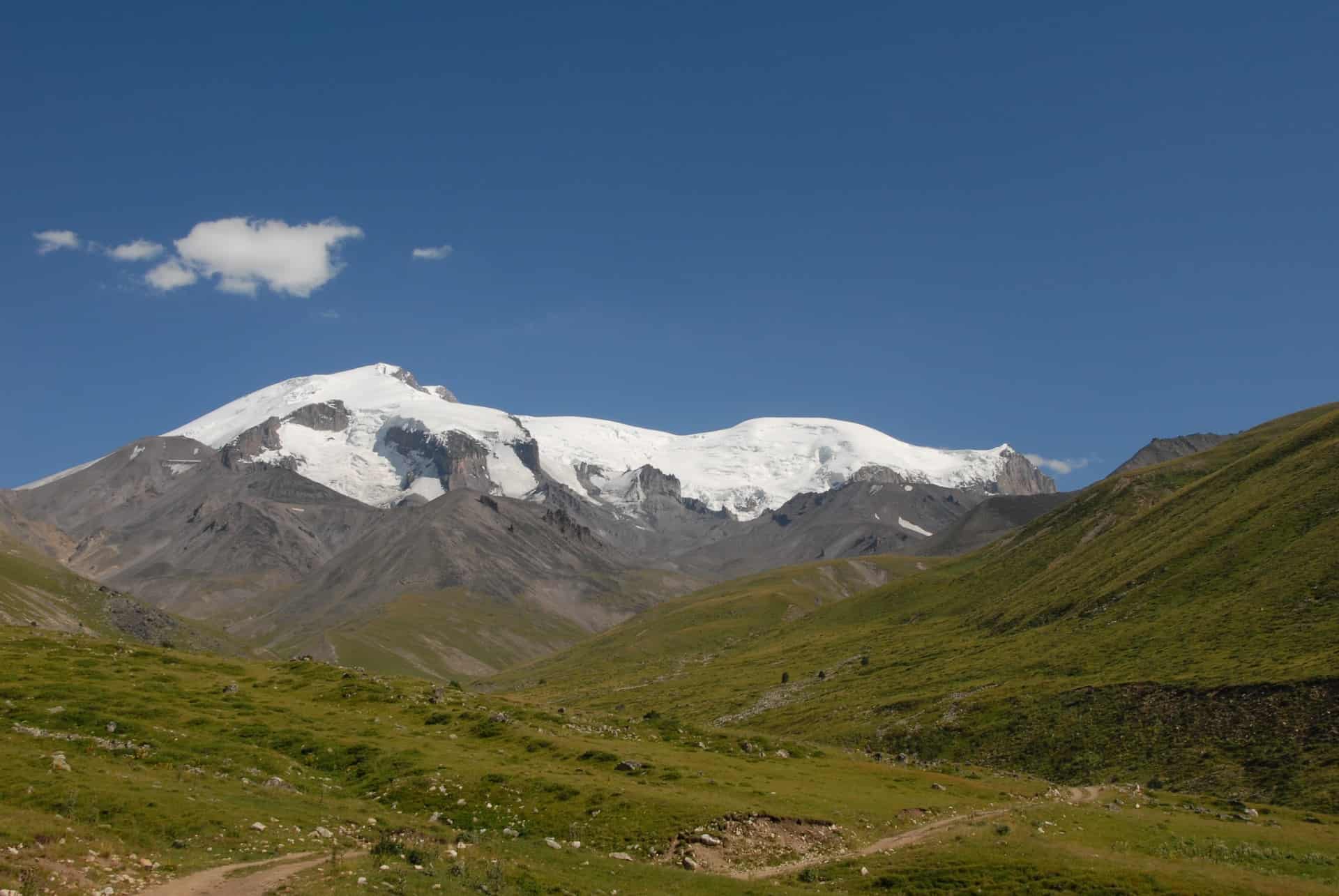
Mount Elbrus, towering at 5,642 meters, is the highest point in Europe. You can almost hear your discontent reading this. Isn't Mont Blanc supposed to be the highest point in Europe? Well, since there is no clear limit between Europe and Asia, some say that Mount Elbrus is actually not in Europe, and the highest point in Europe is actually Mont Blanc (4,810 m). But from a geological standpoint, it makes sense to consider Mount Elbrus as well.
Located in the Caucasus Mountain Range in Russia, Elbrus dormant volcano, last erupting around 50 A.D. The mountain has two summits, both of which are dormant volcanic domes. The west summit is the higher of the two. Elbrus is unique for its unusually large number of glaciers and is notable for its dramatic twin peaks.
Tallest point in Africa
Elevation: 5,895 meters (19,341 feet)
Kilimanjaro
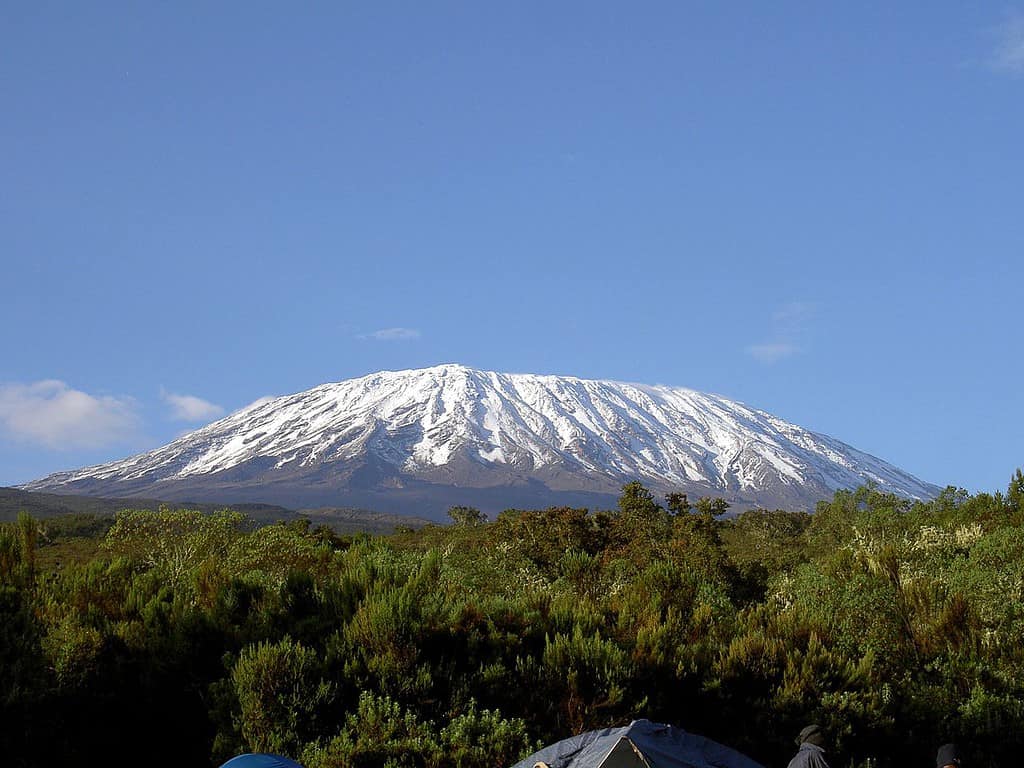
Yet another dormant volcano, Kilimanjaro the highest peak in Tanzania and in Africa. With almost six thousand meters, it gives a breathtaking view of the surroundings, which is why it's a favorite of many tourists. Its top is a crater wide of about 2 km.
Kilimanjaro has three volcanic cones – Kibo, Mawenzi, and Shira. Of these, Kibo still could erupt, while the others are extinct. Kilimanjaro is located in Tanzania and is also the world's tallest freestanding mountain. The journey to the summit travels through five different ecosystems, starting from savanna and climbing up to arctic conditions.
Tallest point North America
Elevation: 6,194 meters (20,310 feet)
Mount McKinley / Mount Denali
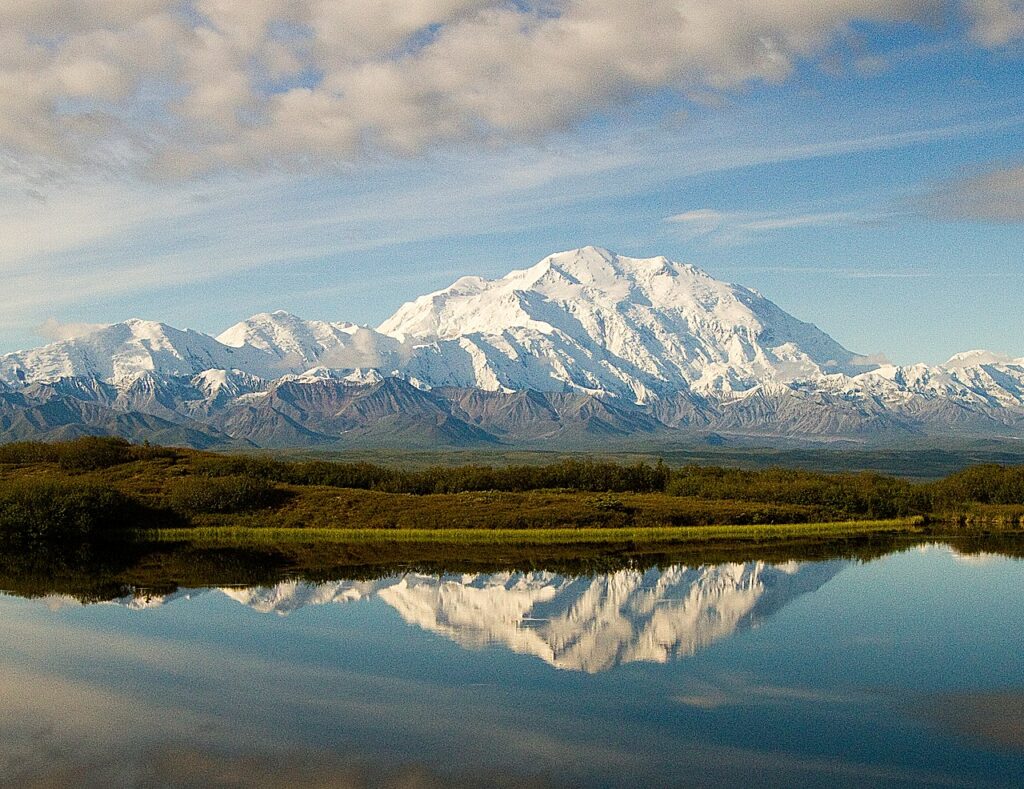
"The Great One", as it's often called, is the central attraction of Denali Park, in Alaska.
Found in Alaska’s part of the Pacific Ring of Fire, Denali (also called McKinley) was created by tectonic activity as the Pacific Plate pushes under the North American Plate. Denali's indigenous name means "The Great One," a fitting title for such a majestic peak. Incredibly, because of the Earth's equatorial bulge, Denali's peak has the greatest vertical rise of any mountain on Earth, rising nearly 18,000 feet from its base.
Tallest point in South America
Elevation: 6,962 meters (22,841 feet)
Aconcagua
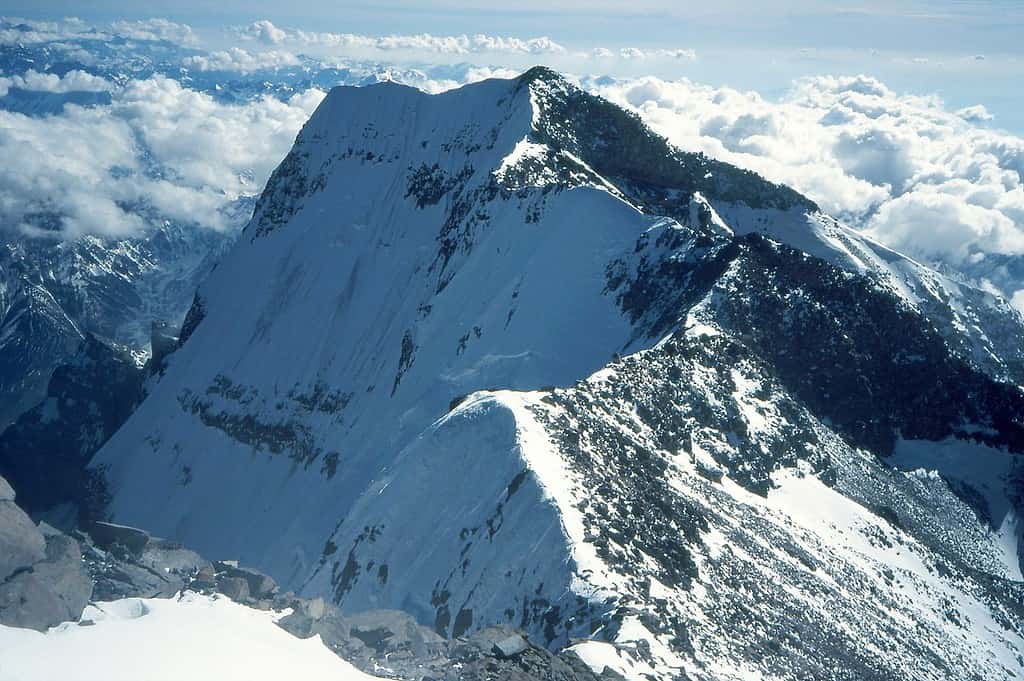
The highest point in the Americas, Aconcagua is the highest point in both the Western and Southern hemispheres. In fact, it's the highest peak outside of Asia.
Located in the Andes mountain range in Argentina, Aconcagua is the highest peak outside Asia. The Andes were formed by the subduction of the Nazca Plate beneath the South American Plate and are a remarkable mountainous range, steeply crowning South America. Aconcagua has twin summits – the north one is covered by snow while the south summit is typically bare.
Tallest point in Asia (and on the planet)
Elevation: 8848 meters
Mount Everest

Yeah, we all know the story of Mount Everest, the highest peak in Asia and on the planet. This colossal mountain range forms part of the Himalayas, a dramatic tapestry of rock and ice sculpted over millions of years. The range's formation was triggered by the Indian subcontinent's collision with the Eurasian plate, a slow-motion crash that is still pushing Everest about a half-inch higher each year.
Although it's not the most dangerous mountain in the world, The mountain has proven a deadly attraction to mountaineers, with hundreds perishing in their quest to reach the summit. Nevertheless, the draw of Mount Everest appeals to thousands of climbers every year.
Each of these peaks is a testament to the dynamic and powerful geological forces that have shaped and continue to shape our Earth. They stand as grand challenges to adventurers and important symbols of our planet's incredible natural beauty.


